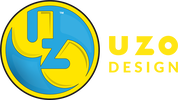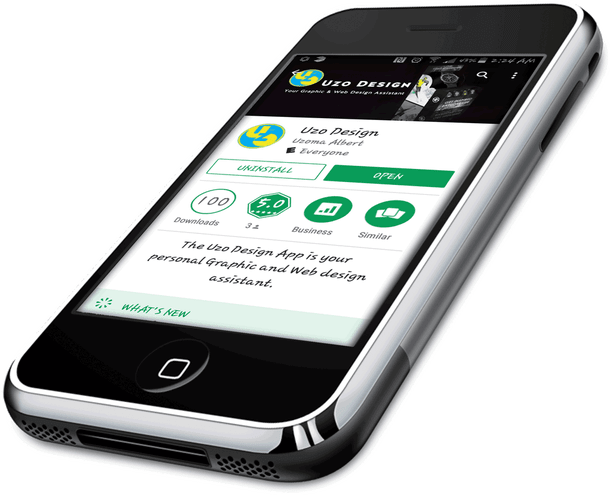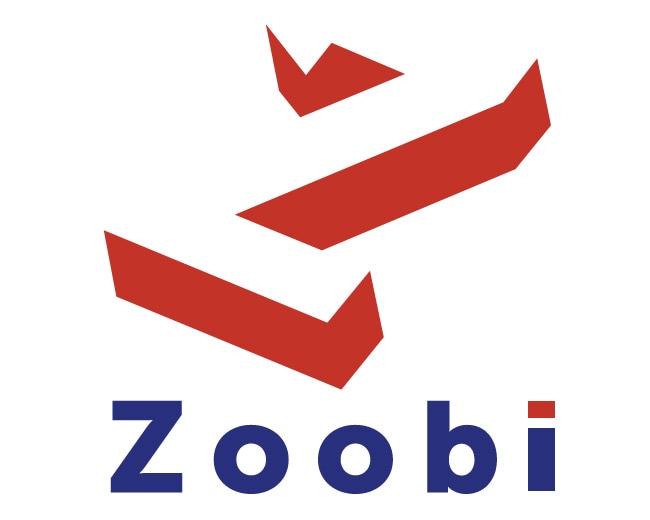FAQ
We understand how important it is to make an
informed decision before using any service. In honor of that,
here's our frequently asked questions page.
informed decision before using any service. In honor of that,
here's our frequently asked questions page.






